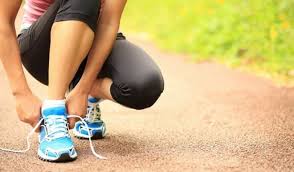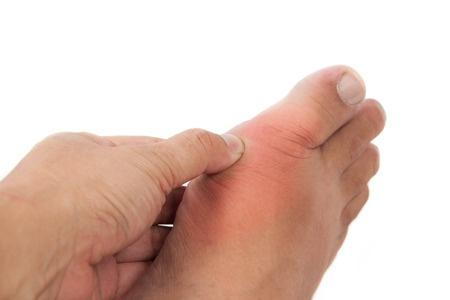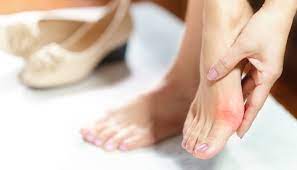Eshealthtips.com – While there are many causes of sesamoiditis, a recent increase in weight bearing activities, an abrupt change in shoe wear, or increased exercise are often cited as the most common. Other possible causes include stress fractures, traumatic injury, or a major acute event. Patients may develop pain and limit their activity. Walking may become difficult, and the patient may even develop a limp. Sesamoiditis symptoms include pain in the foot and toes, and limited mobility.
How to Reduce Pain and Swelling
Generally, the condition can be relieved with a cortisone injection. To reduce pain and swelling, it is best to wear comfortable shoes with cushioned soles. X-rays can also help in diagnosis. Those who are experiencing swelling or pain should rest the affected foot or ankle. Walking with a strapped big toe may help to minimize the pain and swelling. Treatment may include anti-inflammatory medications, rest, and ice.
Sesamoid bones are small, separate bones connected to muscles and tendons. The largest sesamoid is found in the kneecap. Smaller sesamoids are located on the underside of the forefoot, near the great toe. The sesamoids may become inflamed due to repetitive stress. This is known as sesamoiditis. Patients with this condition may experience pain, swelling, and inflammation of the surrounding tissues.

Patients with sesamoiditis may experience swelling or tenderness over the undersurface of the big toe joint. MRI or a bone scan may be necessary. In cases where a stress fracture has occurred, a bone scan or MRI may be necessary. These tests can confirm or rule out other conditions. Sesamoiditis Symptoms – What They Are and How to Cure Them
Causes of Sesamoid Bone Inflammation
Sesamoiditis is caused by inflammation of the sesamoid bones and tendons in the ball of the foot. Overuse of sesamoids causes excessive pressure on the bone and tendon. Sesamoiditis is most common among active people, including runners and ballet dancers. Resting the foot and relieving pressure on sesamoid bones will often help reduce the pain.
Medications to treat the pain include over-the-counter pain relievers and ibuprofen. In severe cases, patients may also be prescribed a removable short leg fracture brace. A stiff-soled shoe may also be prescribed. In addition to the above-mentioned treatments, physical therapy may be recommended. Physical therapy can help restore mobility and reduce pain. Taking anti-inflammatories may also help.

X-rays may also help your doctor determine the type of sesamoid in your foot. They can help rule out other possible problems in the forefoot. In some cases, sesamoids are bilateral, but if they have two parts, a plain x-ray may show a fractured one. This can help your doctor rule out other causes of sesamoiditis.
Proper Sesamoiditis Treatment
There are two main types of sesamoiditis. Type 1 is a traumatic disorder and may be accompanied by chronic suspensory branch desmitis. Horses with this condition usually experience lameness on distal limb flexion. They may also have thickened suspensory branches. Sesamoiditis may be treated with intraarticular analgesia of the metacarpophalangeal joint or a low four-point palmar/plantar nerve block.

The presence of sesamoids is a cause of sesamoiditis. These bones are connected to tendons that control the big toe. When the big toe moves forward, massive pressure is placed on these bones. Sesamoiditis is a painful condition that affects the foot. For this reason, the pain in these joints is often very severe. Sesamoiditis symptoms are similar to those of kneecap inflammation.
Reference: